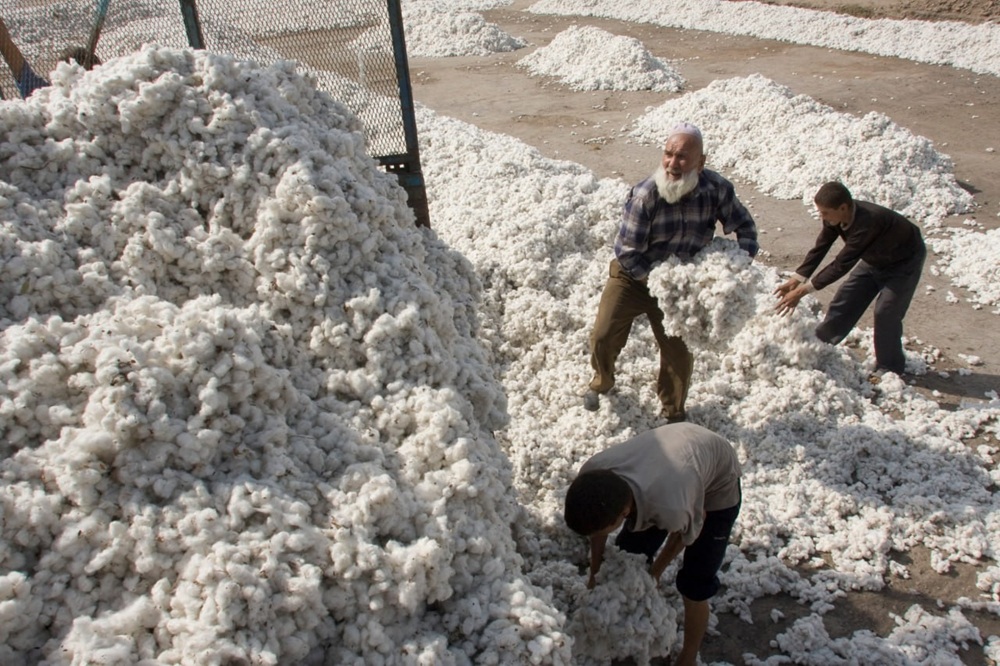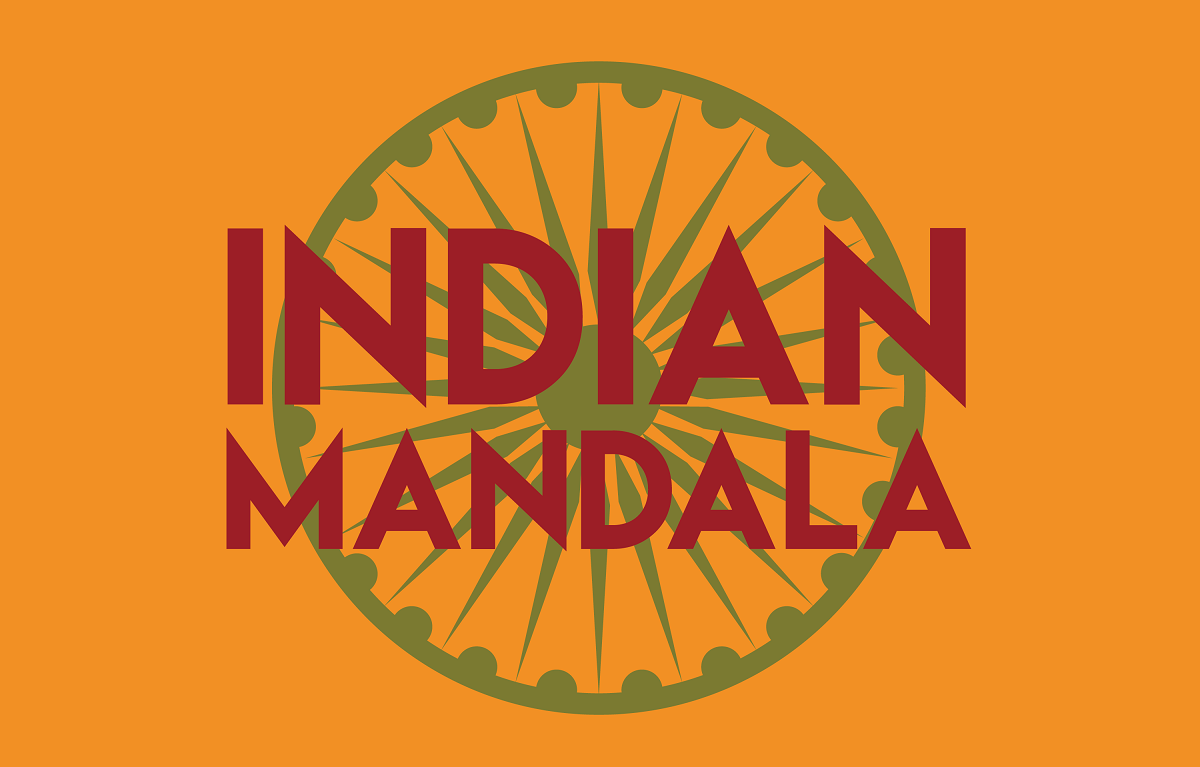Cotton crisis hits Tajikistan
Cotton remains one of the country's main exports, but earnings are steadily declining. The problem stems from the large increase in cotton production in other countries, such as the United States and India, where stocks are at historic highs. And China, by turning to countries that offer the cheapest raw materials, is contributing to global price tensions.
Dushanbe (AsiaNews) - In recent months, cotton fibre prices have fallen to their lowest level in five years, which is a very important factor in the crisis in all Central Asian countries, particularly in Tajikistan, which is seeking to increase the volume of cotton harvesting, processing and exports.
This year's harvest is expected to reach 390,000 tonnes, compared to 253,000 in 2024, increasing export revenues, but not to the extent expected due to the overheating of global markets in this sector, with reduced demand and price instability.
Without a transition to a profound transformation and sustainable agriculture, the country risks remaining an appendage of raw materials in an unprofitable supply chain.
The problem stems from the large increase in cotton production in other countries, such as the United States and India. In America, the 2024-2025 harvest reached 18.9 million bales of cotton, almost 6% more than the previous season, with reserves estimated at a record high of over 10 million bales according to data as of 1 July, the highest since 2018.
In India, the monsoon season began a week earlier than usual on 24 May this year, giving farmers a head start and increasing the area under cotton by 8%. Brazil also exported a record 12.4 million bales of cotton between February and July, thanks to the weakness of its national currency, even surpassing the United States.
China, the world's largest cotton importer, has drastically reduced its purchases from the US after the temporary pause in the trade war in recent months, turning to countries offering cheaper cotton, such as Brazil and Uzbekistan, contributing to global tensions over prices for the material. Estimates of global cotton reserves point to utilisation of around 68%, a worrying indicator of a sharp slowdown and decline in market demand.
After the years of the Covid-19 pandemic and the ensuing global economic crisis, the textile industry is increasingly turning away from natural cotton in favour of synthetic alternatives such as polyester and artificial fibres.
These materials are cheaper, more technological and more sustainable in the face of market uncertainty, despite the greater ecological damage they cause, and are preferred by companies for their convenience. Cotton is no longer considered a universal standard in the industry, in the context of fierce competition between developing countries.
In Tajikistan, cotton remains one of the main export items, but earnings are steadily declining: according to data from January to May 2025, revenues reached 1.3 million, of which 80% came from unprocessed cotton fibre ( million), .4 million from yarn, .6 million from textiles, and the rest from cotton waste.
Attempts to introduce more sophisticated forms of production have so far yielded poor results, forcing the country to depend on the export of raw materials, with little profit margin.
30/04/2005
02/06/2022 09:00
04/07/2007







.png)










